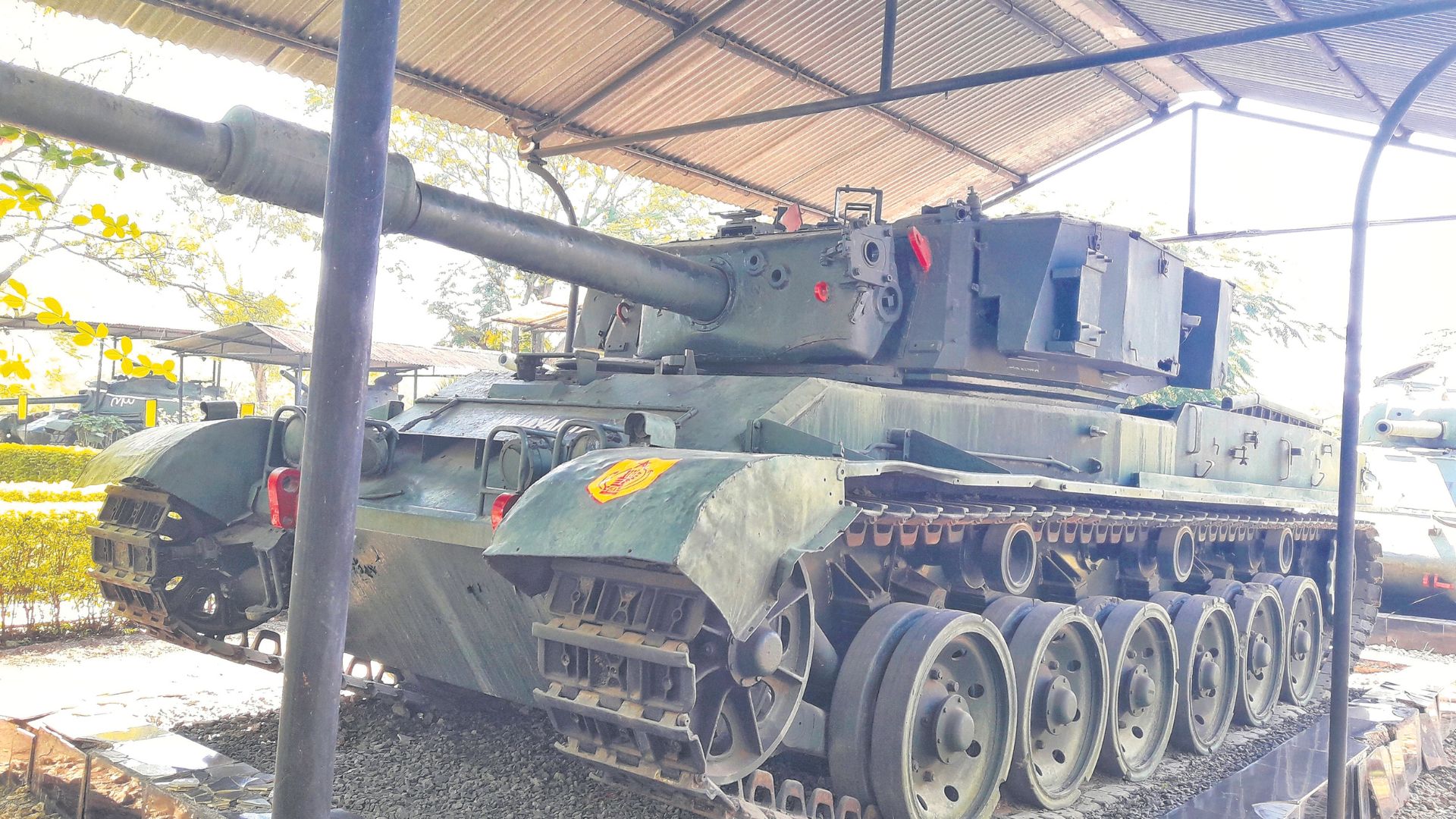In the annals of India’s military history, the Vijayant tank stands as an enduring symbol of resilience, innovation, and strategic prowess. Developed domestically in response to the nation’s defense needs, the Vijayant tank played a pivotal role in safeguarding India’s borders and asserting its sovereignty. From its inception to its eventual retirement, the Vijayant tank left an indelible mark on the Indian Army, earning accolades for its performance and contributing significantly to the nation’s defense capabilities.
Origins and Development
The genesis of the Vijayant tank can be traced back to the aftermath of the Indo-Pakistani War of 1965, which underscored the need for India to bolster its armored forces. In response, the Indian government initiated efforts to develop an indigenous main battle tank capable of meeting the challenges of modern warfare. The result was the Vijayant, a formidable machine engineered to excel in diverse terrains and combat scenarios.
Introduced in the early 1960s, the Vijayant tank was the product of collaboration between India’s Defense Research and Development Organization (DRDO) and the Heavy Vehicles Factory (HVF). Drawing inspiration from contemporary tank designs and leveraging indigenous engineering expertise, the Vijayant emerged as a robust and versatile platform tailored to the specific requirements of the Indian Army.
Technical Specifications and Capabilities
The Vijayant tank boasted impressive technical specifications that distinguished it as a formidable asset on the battlefield. Powered by a potent V-12 diesel engine, the Vijayant offered a balance of mobility, firepower, and protection, making it well-suited for a variety of combat roles. Its main armament, typically a 105 mm rifled gun, provided formidable firepower against enemy armor and fortified positions, while secondary armaments enhanced its versatility in engaging infantry and light vehicles.
With a maximum speed exceeding 50 kilometers per hour and a range of over 350 kilometers, the Vijayant exhibited commendable mobility, enabling rapid maneuverability across diverse terrains. Moreover, its robust armor plating and effective crew compartment design offered enhanced protection against enemy fire, enhancing survivability in hostile environments.
Operational Deployment and Combat Performance
The Vijayant tank saw active service in several theaters of operation, including the deserts of Rajasthan and the mountainous regions of Jammu and Kashmir. Throughout its operational tenure, the Vijayant earned a reputation for reliability and performance, demonstrating its effectiveness in a range of combat scenarios. Whether engaging enemy forces in conventional warfare or conducting counterinsurgency operations, the Vijayant proved its mettle time and again, earning the respect and admiration of its operators and adversaries alike.
One of the most notable deployments of the Vijayant tank was during the Indo-Pakistani War of 1971, where it played a decisive role in securing victory for Indian forces. Operating in tandem with infantry units and other armored assets, the Vijayant spearheaded offensives, neutralized enemy strongholds, and contributed significantly to the liberation of Bangladesh.
Legacy and Retirement
Despite its remarkable service record, the Vijayant tank eventually reached the twilight of its operational life, as advancements in armored warfare necessitated the adoption of more modern platforms. In the early 2000s, the Indian Army gradually phased out the Vijayant in favor of next-generation main battle tanks, such as the T-72 and Arjun.
Nevertheless, the legacy of the Vijayant tank endures as a testament to India’s indigenous defense capabilities and engineering prowess. Its contributions to national security and its role in shaping India’s military doctrine remain etched in the annals of history, serving as a source of inspiration for future generations of defense professionals and engineers.
In conclusion, the Vijayant tank occupies a hallowed place in the pantheon of Indian military history, embodying the spirit of innovation, valor, and resilience. From its humble origins to its illustrious service record, the Vijayant exemplifies the triumph of indigenous engineering and the unwavering commitment to safeguarding the nation’s sovereignty. Though retired from active duty, its legacy lives on, a testament to the ingenuity and dedication of the men and women who designed, operated, and maintained this iconic machine.























